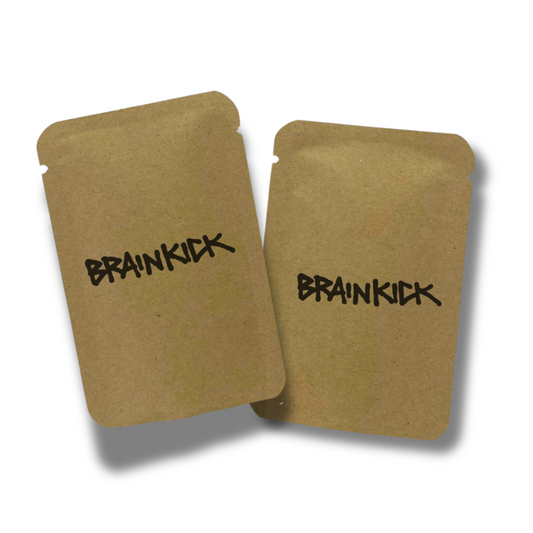High quality essential oils from Brainkick: 100% natural and unadulterated
The natural pure essential oils from Brainkick come 100% from the respective main plants, the botanical designation of which is clearly identified. With us you only find oils that are natural and unchanged.
At Brainkick we do not use any additives and thus offer you pure essential oils. Our products are not stretched with factions of other, cheaper natural oils, nor falsified or standardized with synthetic or natural identical fabrics.
There are a variety of procedures for the production of our essential organic oils that differ depending on the use of different plant components. However, there is a lot to consider in the production, which is why it is often referred to as a manual art.
All of our ingredients come from controlled organic cultivation and were carefully selected so that a perfect aroma is created. Our essential oils are 100% natural and pure!
By efficient distillation techniques and avoiding waste, we maximize the yield of essential oils and at the same time minimize waste.
High quality raw materials for first -class products
At Brainkick we obtain all our raw materials from carefully selected and tested sources. We attach great importance to quality and ensure that our ingredients meet the highest standards. In our in -house production, these precious raw materials are gently processed, whereby we pay extreme attention to maintaining their outstanding quality.
Our goal is to pass on the natural efficiencies of the plants to each of our products. Therefore, we do not compromise and do everything we can to ensure that the valuable ingredients are preserved in their purest and most effective form. Our careful processing ensures that the vegetable active ingredients are optimally preserved.
Our vision is to be a pioneer in the production of essential oils in a sustainable and fair way and to convince our customers with the highest quality and sense of responsibility.

Water vapor distillation
The most frequently applied procedure for the extraction of essential oils is water vapor distillation. For this purpose, the plant parts are placed on a metal grille, which means that a hot water vapor is then initiated. The essential oils present in the plant are detached from this and are transported from the steam up. The water vapor is then directed to a chilled pipe, which condenses it into a liquid. The desired essential oil floats over the water and can be skimmed off.
In order to improve the yield, pressure, temperature and the duration of the process are tailored to the respective oils.
Water vapor distillation has already had its origins with the ancient Greeks and has improved over time.
CO2 extraction
This is a variant to win particularly pure essential oils. In a closed circulatory system, carbon dioxide is liquefied by high pressure and can therefore remove the ingredients from the plants. This process runs at low temperatures, which means that the sensitive oils are not destroyed.
It is one of the newer manufacturing methods that has only been used since the end of the 20th century.
Cold pressing
The cold pressing is a gentle process that is only used to obtain oil from the shells of citrus fruits. These include lemon, but also orange or mandarins. The waste from the production of juices is sensitive to heat and must therefore be pressed out. Before this can be carried out, however, the rest of the pulp and the white skin must be removed so that only the outer skin remains. With the help of the press, the external layer of the fruit bowl is destroyed and the small containers in which the essential oils are stored. The freedom liquid is left until the pure oil has settled and can be skimmed.










